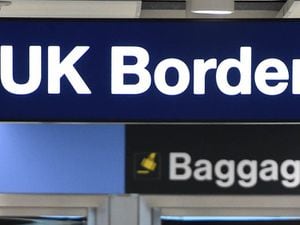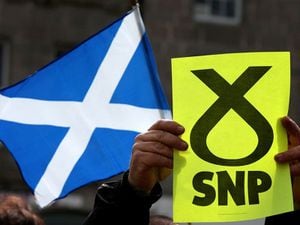May would have won majority under new constituency boundaries, experts say
The new boundaries would have given Mrs May around 308 MPs, enough for an overall majority of 16.
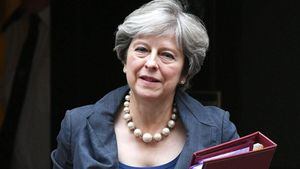
Theresa May would have won a Conservative majority in the House of Commons if June’s snap general election had taken place under proposed new constituency boundaries, experts have estimated.
The new boundaries, drawn up under plans introduced by David Cameron to reduce numbers on the green benches from 650 to 600, would have given Mrs May around 308 MPs, enough for an overall majority of 16.
The analysis, by Professors Colin Rallings and Michael Thrasher of the University of Plymouth, will fuel criticism from opposition parties that the proposed changes will work in Tories’ favour in future elections including the next one planned for 2022.
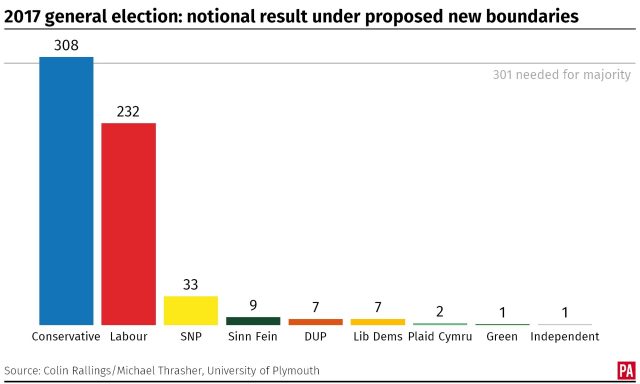
The changes announced on Tuesday by the boundary commissions for England, Scotland and Wales would also cause a headache for Labour’s leadership with the abolition of Jeremy Corbyn’s Islington North seat.
And they would cost Foreign Secretary Boris Johnson his Uxbridge and South Ruislip seat, slated to be scrapped with large parts moved to a new constituency of Hillingdon and Uxbridge.
But Mrs May’s failure to secure a majority in June makes it highly unlikely that the reforms will now take place, with MPs expected to vote them down.
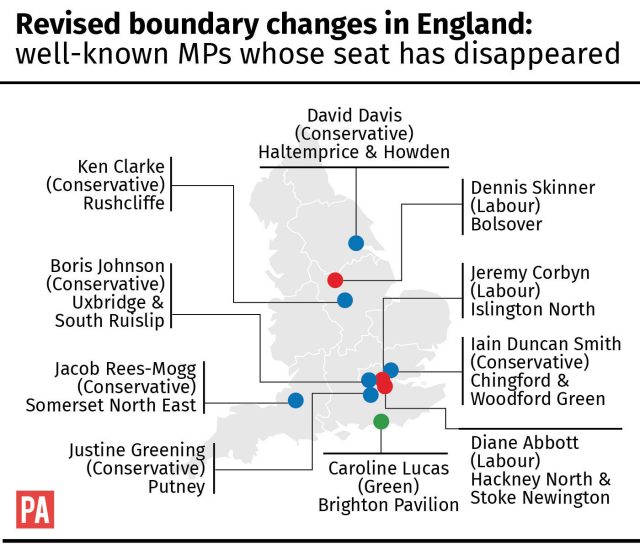
The estimate by Rallings and Thrasher would give Conservatives 308 seats (including Speaker John Bercow’s Buckingham), Labour 232, the Scottish National Party 33, Sinn Fein nine, Liberal Democrats and Democratic Unionists seven each, Plaid Cymru two and Greens one, with one Independent.
However, the professors noted that many results in marginal constituencies were effectively too close to call under their methods, making an overall Tory majority far from certain.
The new proposals are subject to an eight-week consultation before the plan goes before Parliament for approval in September 2018.
Sam Hartley, secretary to the Boundary Commission for England, said more than half of the new constituencies had been revised based on public responses to initial proposals unveiled last year.
But despite outcry from voters in Mr Corbyn’s constituency, the plan to scrap Islington North was unchanged.
The shake-up of north London seats will potentially pit the Labour leader against a pair of his closest allies – shadow foreign secretary Emily Thornberry and shadow home secretary Diane Abbott – in seeking to represent a single Islington seat and the proposed Finsbury Park and Stoke Newington constituency.
Liberal Democrat chief whip Alistair Carmichael urged the Government to pull the plug on the process, claiming it would take a “miracle” for the plans to be approved by Parliament.
“The DUP will not wear this review. Nor will many Tory backbenchers,” said Mr Carmichael. “The Government should stop wasting public funds and bow to the inevitable.”
Labour’s spokeswoman for voter engagement Cat Smith called on the Government to drop the “unfair, undemocratic plans”.
She said: “It has been clear from the start that the Tories have only been interested in their own political advantage rather than what is in the best interests of the country.”
Constitution minister Chris Skidmore said changes were needed to ensure that MPs represent similar numbers of constituents.

“A boundary review is needed to ensure fair and equal representation for the voting public across the United Kingdom by the next general election.
“Without any boundary reforms, constituencies would be based on data that is over 20 years old. This would disregard significant changes in demographics, house building and migration.”
The analysis by Rallings and Thrasher, assisted in Scotland by Professor David Denver of Lancaster University and in Northern Ireland by elections pundit Nicholas Whyte, also took into account initial proposals from the Northern Ireland Boundary Commission.
Their work on notional results from the snap general election in June was conducted on behalf of a consortium of the BBC, ITV News, the Press Association and Sky News.

